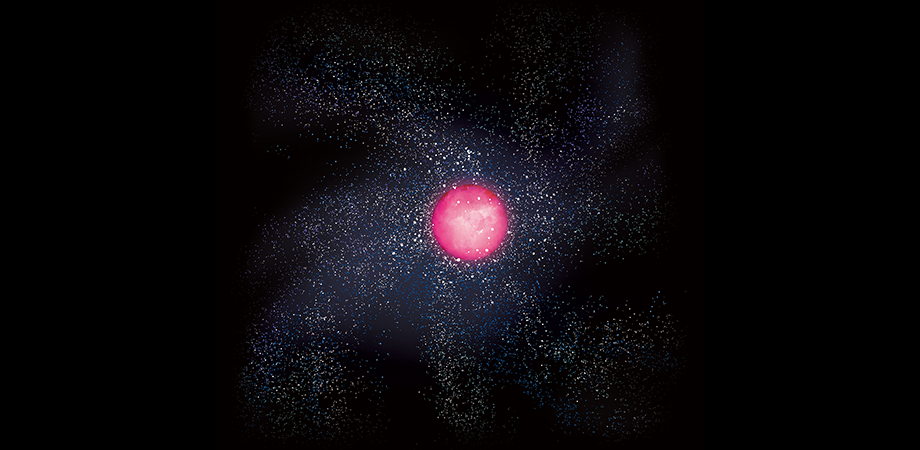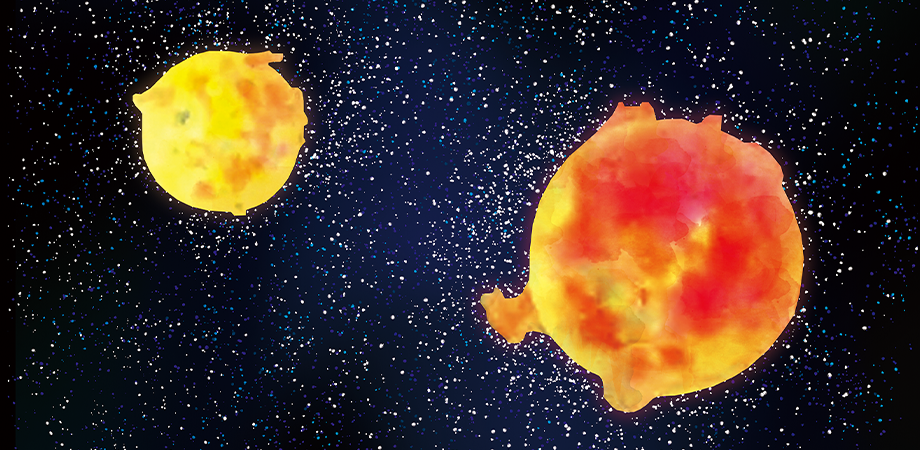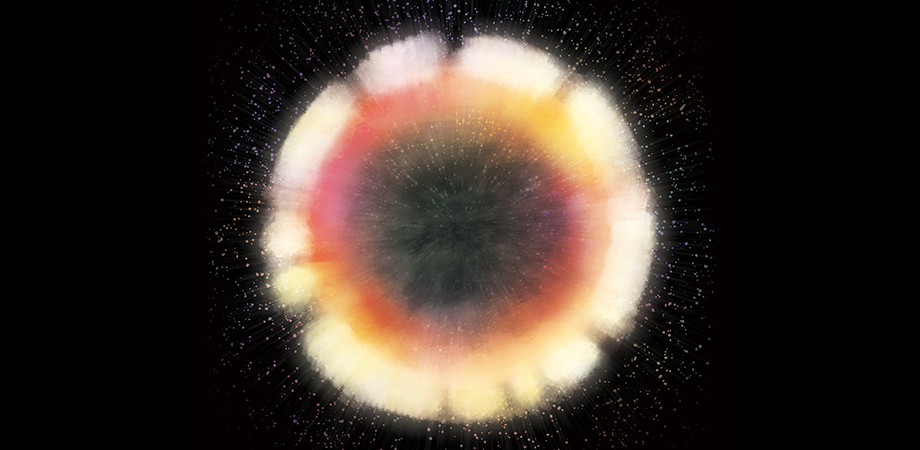Multi Jumping Universe
teamLab, 2018-, Interactive Digital Installation, Sound: DAISHI DANCE








Voir Plus
Multi Jumping Universe
teamLab, 2018-, Interactive Digital Installation, Sound: DAISHI DANCE
Multi Jumping was developed by teamLab, it features a unique flexible surface that allows multiple persons to participate at the same time. You sink, or jump higher than usual, or leapfrog over people nearby as they jump higher and higher.
This installation is created around the theme of the life cycle of the stars of the universe. In this space, people create a warp in space and time. This distortion will attract stardust and gas from the universe, birthing new stars, and making them grow. When the life of the star ends, it will return to the stardust and nebulas that float through the universe, becoming the building blocks of new stars. The size and mass of the star is determined by how much stardust and gases are gathered. A gigantic and heavy star will eventually becomes a black hole that swallows up everything around them.
Fond d’illustrations
Lifecycle of a Star
Like the sun and the twinkling stars in the night sky, stars which generate their own light are called “fixed stars”. There are various types of stars in the universe; “planets” like the Earth we live on, and “natural satellites” such as moons which revolve around them, but here we are going to talk about the “fixed stars”.
A large factor in the life of a fixed star is “gravity.” According to Einstein’s theory, in space, objects with mass cause a distortion in space-time. The force that causes surrounding objects to be pulled toward this distortion in space-time is called “gravity.”
-
Birth of a Star
There is numerous interstellar dust and gas drifting in space, and these gather through gravity to form baby stars. This condition right before the formation of a star is called a “protostar”.
-
Evolution of a Star
A “protostar” gathers surrounding interstellar dust and gas through gravity and evolves into a self-shining fixed star. Fixed stars in this stage are called “main sequence stars”. Fixed stars spend most of their lives as “main sequence stars.” The sun we see is currently at this stage. As they continue to evolve, they begin to expand and turn into red, large stars called “red giant stars”.
-
Death and Rebirth of a Star
Smaller stars with less than 8 times the sun’s mass finish their lives by releasing gas. Stars with greater mass end their lives by causing a “supernova explosion”. The star is blown apart in the “supernova explosion” and turns once more into interstellar dust and gas, becoming ingredients for the next star formation.


